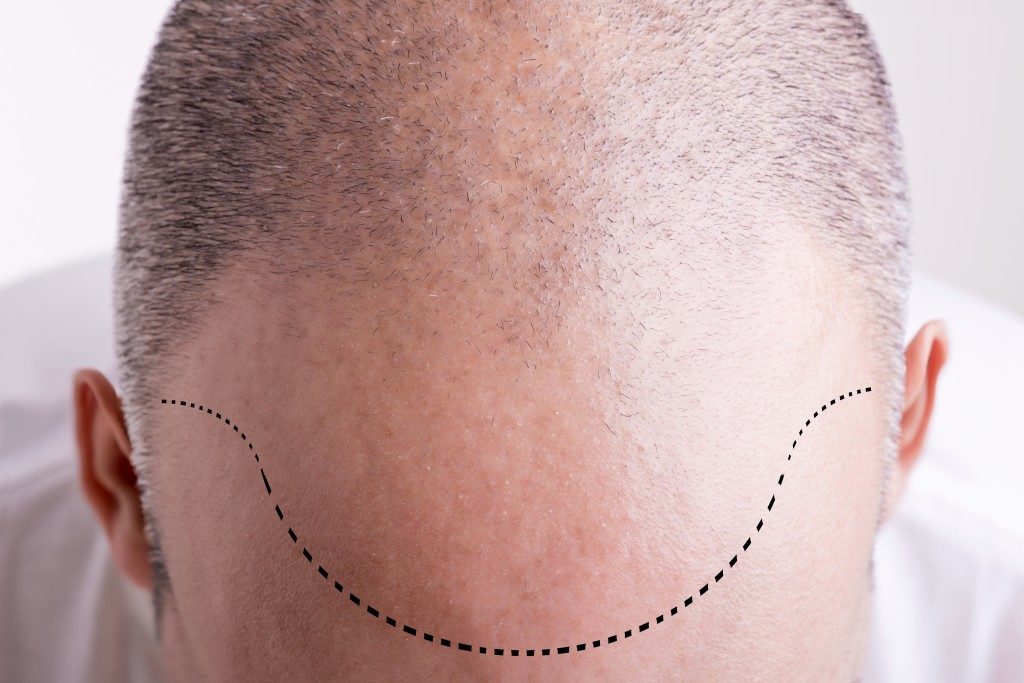If you’re like most smokers, you’ve probably tried to quit at least once before. Maybe you were successful for a while but eventually went back to smoking. Or maybe you never even made it past a few days.
Quitting smoking is hard, but it’s not impossible. Millions have successfully quit smoking. If you’re ready to give up cigarettes for good, here are four steps that can help you succeed:
Pick a Date to Quit and Stick to it
Giving yourself time to prepare is important, but don’t wait too long to quit. Once you’ve decided on a date, plan how you’ll get through the first few days and weeks without cigarettes. This might include throwing out all your cigarettes and lighters, avoiding places where you used to smoke, and telling your friends and family about your decision.
Picking a date gives you time to prepare mentally and emotionally, but it’s also important to stick to that date. Studies have shown that people who pick a quit date and make a plan are more likely than those who don’t to be successful in quitting smoking. Avoid dates that are too far in the future, as this can make it harder to stick to your plan. Also, avoid those days when you know you will be under a lot of stress, as you may be more likely to relapse.
Get Rid of Anything that Reminds You of Smoking
This includes ashtrays, lighters, and your favorite brand of cigarettes. Keeping these things around will only make it harder to resist the temptation to smoke. If you also plan on quitting vaping, remove your vape pen and all related paraphernalia.
Some smokers find it helpful to change their routine after quitting. This might mean taking a different route to work or going to a different coffee shop in the morning. If you used to smoke after meals, try brushing your teeth or chewing gum instead. Anything that can help you break your old habits is worth a try.
It’s also a great time to make that dentist appointment you’ve been putting off, as they will be able to give your teeth a once-over and make sure they’re in good condition after all those years of smoking. Consider this an opportunity to take your mind off smoking and give yourself something else to focus on.
Seek Professional Help if Needed
If you’ve tried to quit before and failed, don’t be discouraged—many smokers need several attempts before they’re successful. Talk to your doctor about medications or other treatments that can help increase your chances of success.
Know Your Medication Options
Medications include:
- Nicotine replacement therapy (NRT): This comes in the form of patches, gum, inhalers, or lozenges and can help lessen withdrawal symptoms and cravings
- Bupropion: This antidepressant can help reduce withdrawal symptoms and cravings
- Varenicline: This medication alters the way nicotine affects the brain and can help reduce withdrawal symptoms and cravings
Consult your doctor to see if these medications are right for you. These medications can be prescribed by your doctor or obtained over the counter. Some are available for free through state quitlines or tobacco cessation programs.

Build a Support System
Quitting smoking is hard, but you don’t have to do it alone. Many resources are available to help you quit, including counseling, support groups, and prescription medications. You can also ask your friends and family for support as you go through this difficult process; it’s easier when you have someone in your corner cheering you on.
Make sure your circle will not tempt and tolerate you to smoke. Find people who have also quit smoking or who have never smoked at all. These people will be most supportive of your decision to quit. You should also take it upon yourself to avoid smokers, as it’ll be harder to stay away from cigarettes if you’re constantly around people who are smoking.
You can also find support online through forums and quitting smoking groups on social media. These can be great places to vent and share your experiences with others going through the same thing.
Know Your Triggers and Avoid Them
Cravings for cigarettes can be triggered by many things, including stress, alcohol, caffeine, and even certain foods. For the first few weeks after you quit smoking, it’s important to be aware of your triggers and do your best to avoid them.
Stress is one of the most common triggers for smoking, so find other ways to deal with stress besides smoking. Exercise, deep breathing, and meditation can all help reduce stress levels. If you know beforehand that you will be in a situation likely to cause stress, such as a work meeting or family gathering, have a plan to deal with it.
It’s also important to avoid places where people are smoking, as the smell of cigarettes can trigger cravings. If you have friends who smoke, ask them not to smoke around you. You might also want to avoid bars and clubs for the first few weeks after you quit, as these can be difficult environments to resist smoking in.
Finally, keep your hands and mouth busy if you’re craving. This might mean chewing gum or eating healthy snacks like carrots or celery. Some people also find it helpful to hold a pencil or pen between their teeth to mimic the sensation of smoking.
In the End
Quitting smoking is a challenge, but it’s worth taking on for your health and wallet. Following these four steps can increase your chances of success and FINALLY kick nicotine out of your life for good!







